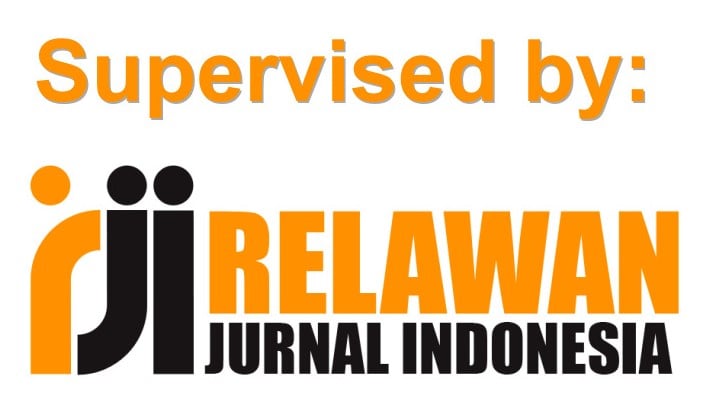Pengaruh Religious Commitment Terhadap Penyesuaian Diri Mahasiswa
DOI:
https://doi.org/10.18592/jsi.v6i1.1558Keywords:
Religious commitment, self adjustment, studentsAbstract
The self-adjustment ability on campus is an important requirement of studenteducation success. Therefore students should have good adjustment skills. This study aims to determine the adjustment ability and religious commitment of students in the campus IAIN Antasari, and to know the influence of religious commitment to student self-adjustment. The method used is quantitative method, with simple linear regression analysis. The research subjects were IAIN Antasari students in each faculty, and 236 students were selected as samples. The results showed that there was a significant positive religious commitment influence on the students' self adjustment at IAIN Antasari (R = 0.699 (r = 0.000)). Each dimension of religious commitment also has a significant positive effect on students' self-adjustment. The influence of religious belief dimension (R = 0.484 (r = 0.000)), religious practice dimension (R = 0.596 (r = 0.000)), religious knowledge dimension (R = 0.613 = 0.000)), and religious effect dimension (R = 0.689 (r = 0.000)) on students’ self-adjustment. It shows that the higher the religious commitment of the students, the better the students' self-adjustment. Therefore, the religious commitment of students is very important to be improved so that the students' self-adjustment will be better.References
Agustiani, Hendriati, Psikologi Perkembangan: Pendekatan Ekologi Kaitannya dengan Konsep iri dan Penyesuaian Diri pada Remaja, Bandung: Refika Aditama, 2006.
Alsa, Asmadi, Pendekatan Kuantitatif dan Kualitatif serta kombinasinya dalam Penelitian Psikologi, Yogyakarta: Pustaka Pelajar, 2004.
De jong, Gordon F., Joseph E. Faulkner and Rex H. Warland, Dimensions of Religiosity Reconsidered: Evidence from a Cross-Cultural Study, Social Forces, 54 , 4, 1976: 866-889.
Glock, Charles Y., & Rodney W. Stark, Religious and Society in Tension, Chicago: Rand McNally, 1965.
Glock, Charles Y. and Rodney W. Stark, American Piety: The Nature Religious commitment (Pattern of Religious Commitment), Berkeley California: University of California, 1970.
Glock, Charles Y., On the Study of Religious Commitment, in Joseph. E. Faulkner (ed.) Religion’s Influence in Contemporary Society, Readings in the Sociology of Religion, Ohio: Charles E. Merril, 1972.
Glock, Charles Y., Research Supplement of Religious Education, New York City: The Religious Education Association, 1962.
Hariyadi, Sugeng, Perkembangan Peserta Didik, Semarang: IKIP Semarang Press, 1995.
Hassan, Riaz, On Being Religious: A Study of Christian and Muslim Piety in Australia, Australian Religion Studies Review, 15, 1, 2002: 87-114
Hassan, Riaz, On Being Religious: Patterns of Religious commitment in Muslim Societies (Paper), Singapore: Institute of Defence and Strategic Studies, 2005.
Kerlinger, Fred N., Asas-asas Penelitian behavioral, Yogyakarta: UGM Press, 2004.
Schneiders, Alexander A., Personal Adjustment and Mental Health, New York: Holt Rinerhart and Winston, 1964.
Sugiono, Statistika untuk Penelitian, Bandung: Alfabeta, 2007.
Willis, Sofyan S., Problema Remaja dan Pemecahannya, Bandung: Angkasa, 1986.
Downloads
Published
How to Cite
Issue
Section
License
Authors who publish with this journal agree to the following terms:
- Authors retain copyright and grant the journal right of first publication with the work simultaneously licensed under a Creative Commons Attribution License that allows others to share the work with an acknowledgment of the work's authorship and initial publication in this journal.
- Authors can enter into separate, additional contractual arrangements for the non-exclusive distribution of the journal's published version of the work (e.g., post it to an institutional repository or edit it in a book), with an acknowledgment of its initial publication in this journal.
- Authors are permitted and encouraged to post their work online (e.g., in institutional repositories or on their website) before and during the submission process, as it can lead to productive exchanges, as well as earlier and greater citation of published work (See The Effect of Open Access).





















